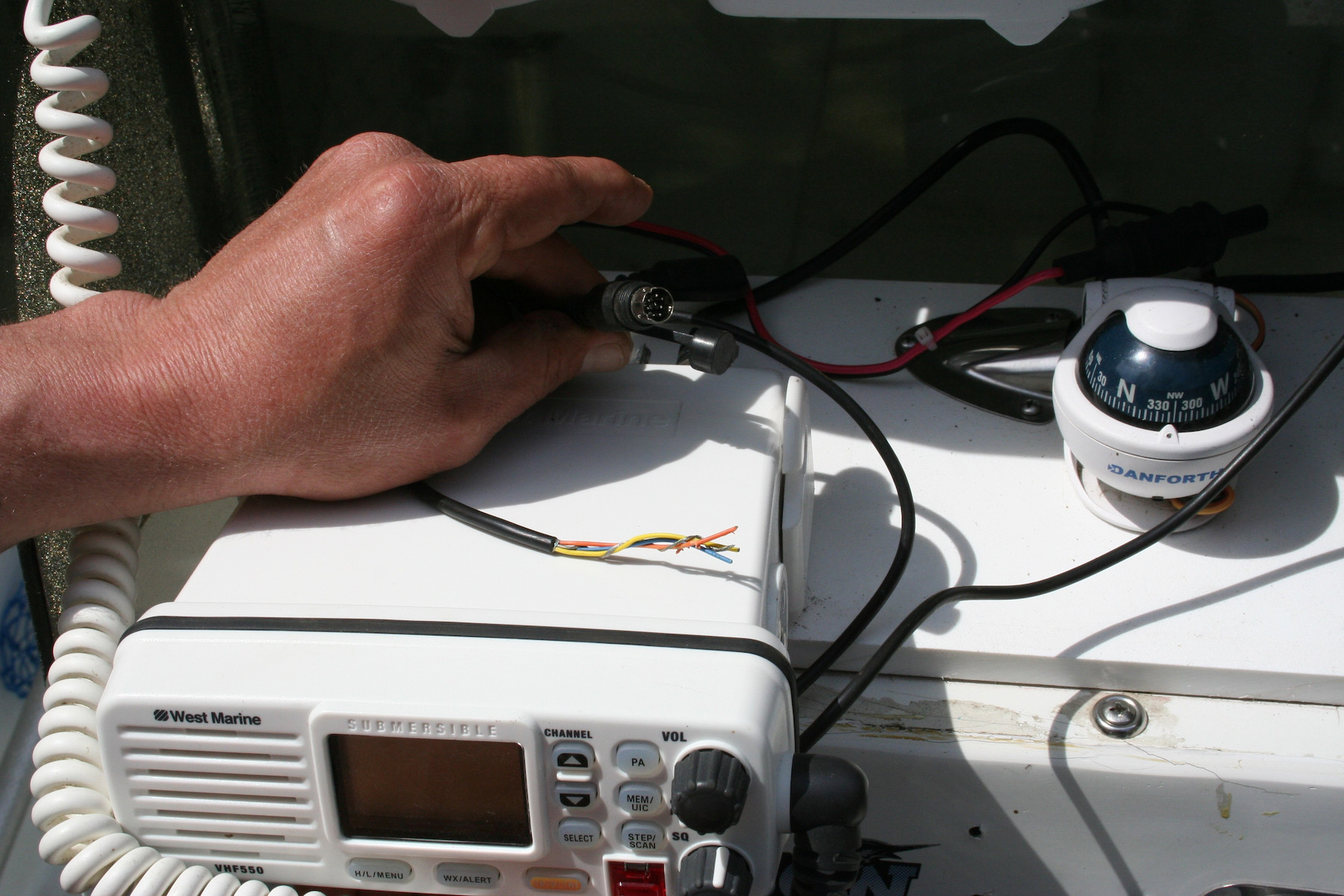
Get Your Boat’s VHF Radio Ready for the Season
Here’s a great set of tips we’ve received from BoatUS about getting your boat’s VHF ready for the summer ahead.
In recreational boating, cell phones are just fine for routine communications. So why do you need a VHF radio — either a handheld or fixed mount — on your boat? Because in an emergency it’s the only thing that can directly connect you to the US Coast Guard’s Rescue 21 system, giving you access to high-tech emergency response and Digital Selective Calling (DSC) capabilities that can hasten your rescue.
Here are five tips from the BoatUS Foundation for Boating Safety and Clean Water to get you and your radio ready.
- Check the antenna, power and ground to the VHF radio, and batteries/charger if a handheld. Rusty or ill-fitting connections rob your radio of range. Handheld VHF batteries need to be fully charged.
- Read your radio’s manual so you know features like squelch, scan, and hi/lo power settings. Familiarize yourself with the most important VHF radio channels.
- For those with non-DSC VHF radios, automated VHF radio check systems are no longer available. However, you can make a short radio-check voice call on VHF channel 9. Using channel 9 will not tie up the distress channel 16 and potentially delay emergency communications by another boat to the US Coast Guard.
- For those with DSC VHF radios, enter the US Coast Guard coast station group identity “003669999” into the radio’s DSC memory. Once stored —
1. Select “Test Call” from the radio’s DSC menu;
2. Select the US Coast Guard number you just entered;
3. Transmit the call. Your DSC VHF radio’s display should indicate when that test call is acknowledged and display the acknowledging station’s nine-digit identity. Note that the identity may be different from the group identity you previously entered. - Get your DSC-VHF radio’s Maritime Mobile Service Identity (MMSI) number by going to BoatUS.com/MMSI. MMSI numbers are free for BoatUS members or $25 for non-members. Don’t forget to enter the new MMSI number into your DSC VHF radio and ensure GPS connection is made (if DSC-VHF radio doesn’t have internally).

Now that you have the tips on VHF radios, the next step is to shake out those sails and get out on the water. Learn more about VHF radios here.
